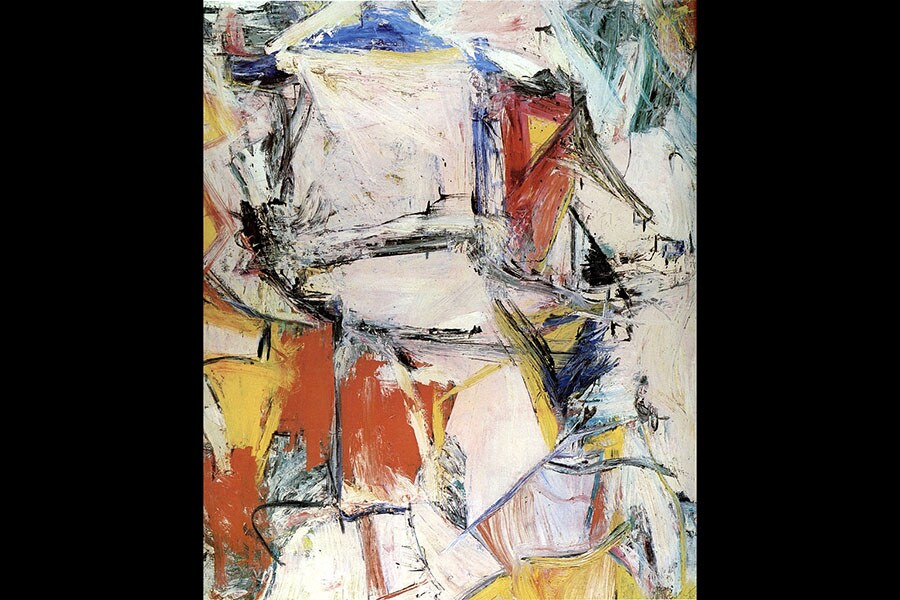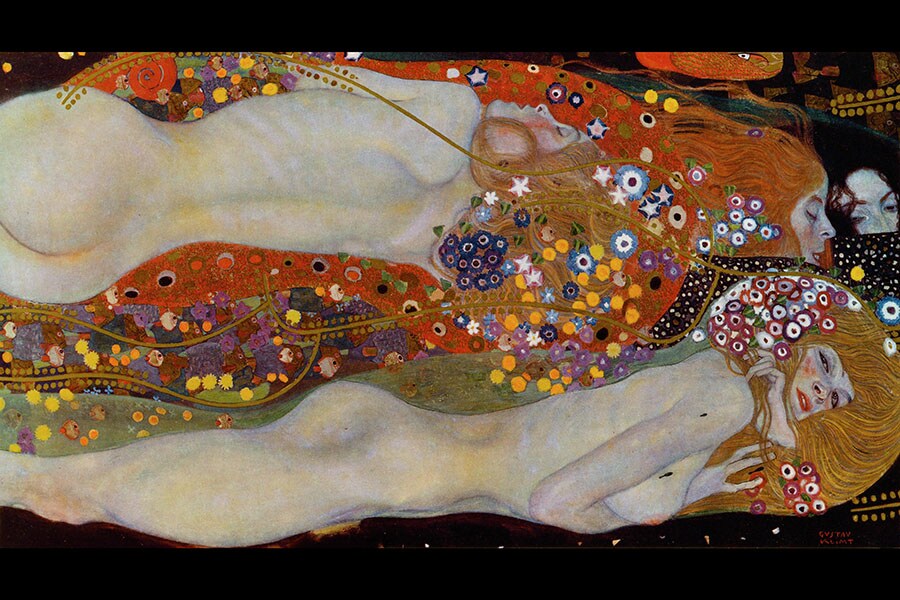
Top 10 most expensive paintings in the world
Have you ever wondered which artworks command the highest prices? Let's explore the world's most expensive paintings and the stories behind them

Did you know that some paintings are sold for amounts more than the GDP of smaller countries? In this blog, we're looking at the world's most expensive paintings. Join us as we dive into the incredible stories behind each piece and discover why they're not just expensive but genuinely priceless.
World’s most expensive paintings
Let's go through the most expensive paintings in the world, the artists behind these masterpieces, and the astonishing price tags they carry.
Also Read: 10 most expensive things in the world
| Painting | Artist | Price (in million dollars) |
|---|---|---|
| Salvator Mundi | Leonardo da Vinci | 450.3 |
| Interchange | Willem de Kooning | 300 |
| The Card Players | Paul Cezanne | 250-300 |
| Nafes Faa Ipoipo (When Will You Marry?) | Paul Gauguin | 210 |
| Number 17A | Jackson Pollock | 200 |
| The Standard Bearer | Rembrandt | 198 |
| No.6 (Violet, Green and Red) | Mark Rothko | 186 |
| Wasserschlangen II | Gustav Klimt | 183.8 |
| Pendant portraits of Maerten Soolmans and Oopjen Coppit | Rembrandt | 180 |
| Les Femmes d’Alger (Version O) | Pablo Picasso | 174 |
A deeper insight into each masterpiece
X














